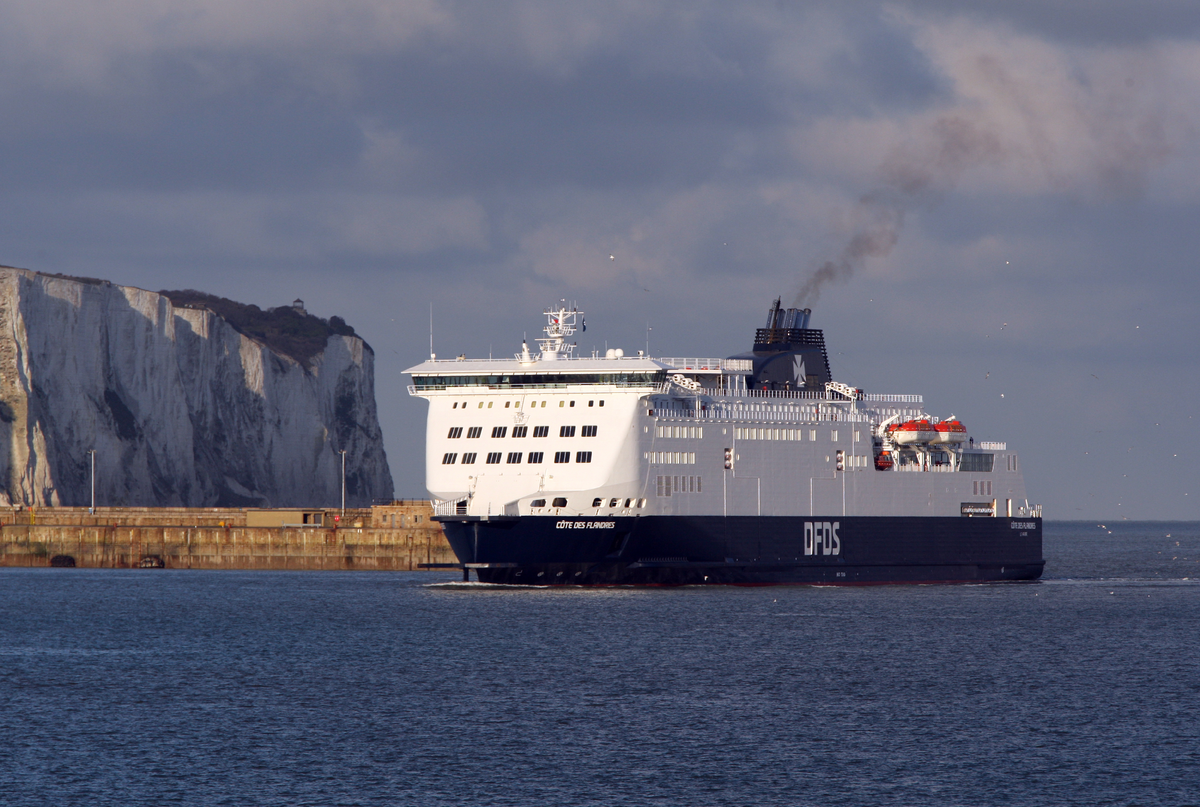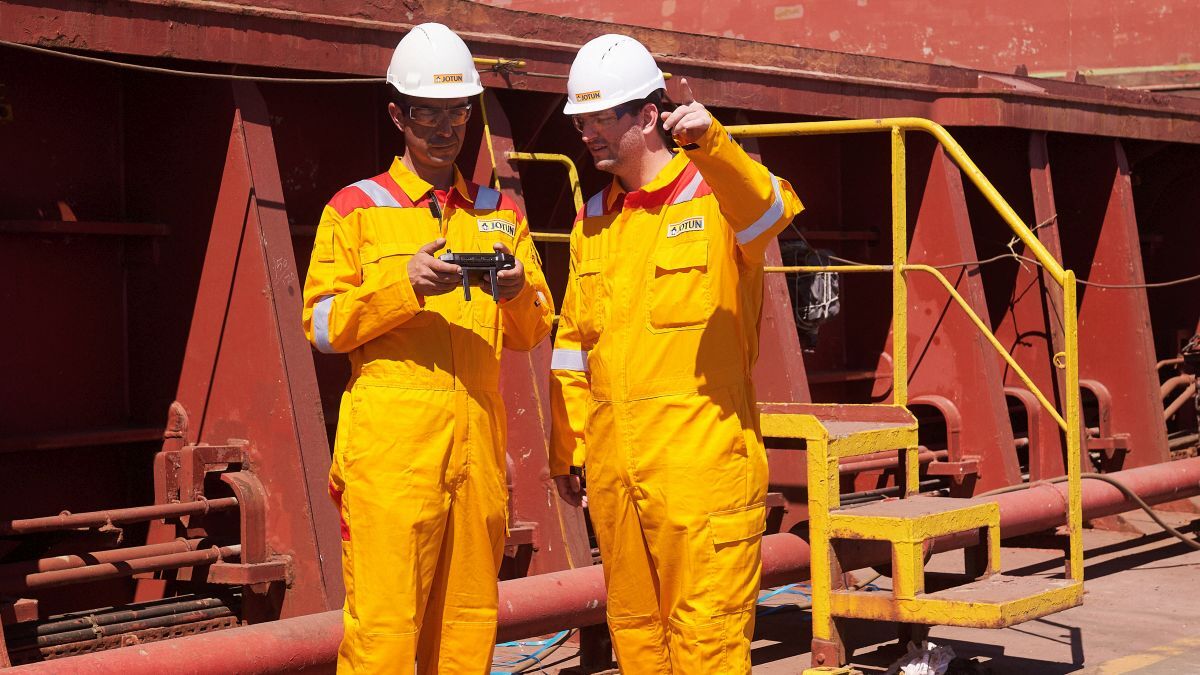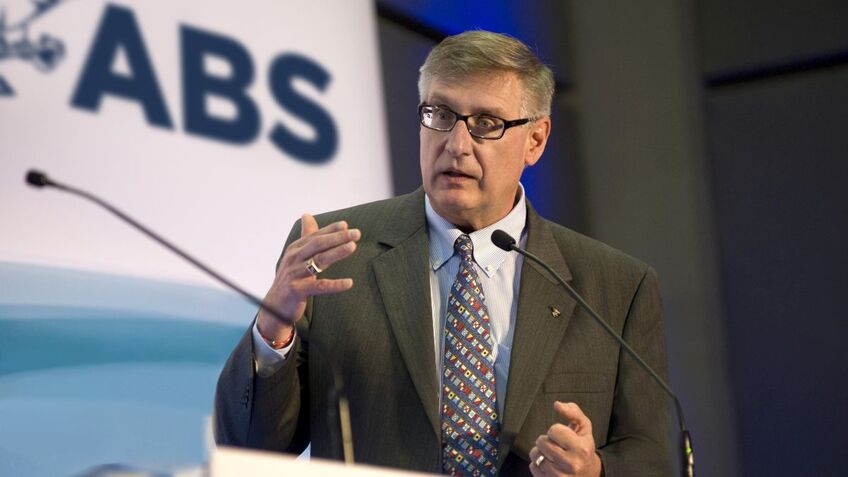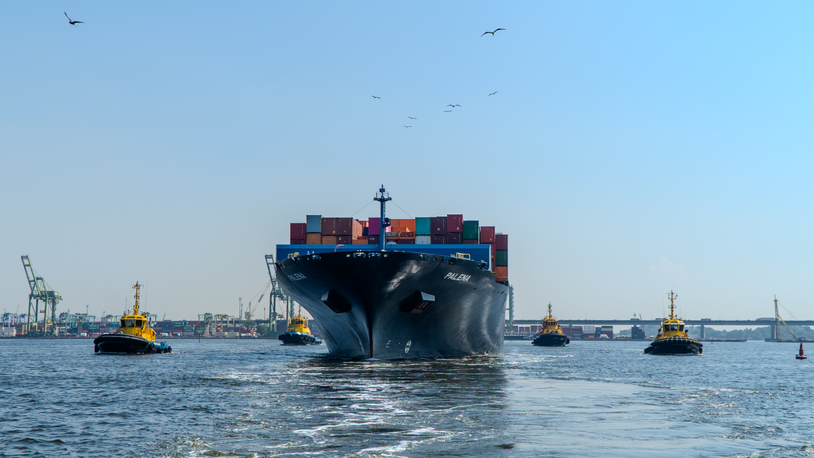Business Sectors
Events
Contents
Fuel monitoring offers emissions benefits
The use of fuel monitoring systems is increasing as companies seek to reduce their consumption to help meet emissions targets. But how much can such systems achieve?
One answer is offered by UK ferry operator Caledonian MacBrayne (CalMac), which operates services to the islands and peninsulas on the west coast of Scotland. The company has employed innovative fuel management technology as part of its Project Ecoship programme to reduce greenhouse gas emissions.
Last year the company installed advanced Royston Enginei fuel management systems across its entire fleet of large vessels – the first UK ferry company to do so. Under the scheme the company aims to reduce fleet carbon dioxide (CO2) emissions by 2 per cent, or 1,800 tonnes. This is equivalent to the annual greenhouse gas emissions of an average family car driving 4,285,714 miles, or 645 tonnes of waste sent to landfill.
The Enginei monitoring system uses Coriolis mass flow meters and sensors to monitor the fuel being consumed by each of a vessel’s engines. This is tracked against GPS data, voyage details and operational mode. The real-time data is collected, processed and relayed to touchscreen monitors on the bridge and in the engineroom, to enable the ship’s master and chief engineer to make small adjustments, also in real-time, to reduce fuel consumption.
CalMac says that the initial results from the programme are encouraging and it is on track to meet its emissions reduction target. The engine operational adjustments have not affected journey schedules or timetables.
The data produced by the Enginei system has also encouraged closer working between the bridge and engineering crews and has opened up collaborative dialogue across the fleet, with staff exchanging ideas and tips on engine performance and fuel optimisation.
“We are finding some encouraging results,” says Drew Collier, CalMac’s operations director. “While it is too early to reveal any kind of scientifically concrete data, the initial figures we are seeing, as well as the anecdotal feedback from the teams on board, are optimistic.
“Our target is to make a 2 per cent reduction in our release of CO2 into the atmosphere. At the moment, we are confident that we are on track to achieve this and, importantly, we now have the technology in place to make accurate measurement.
“Whilst the effects of CO2 and other greenhouse gases and pollutants on air quality are well known, what is perhaps less known is that CO2 is linked to acidification within our seas. We are very keen to ensure that our ferries help to preserve Scotland’s marine environment as far as possible and we are determined to work towards better solutions.”
The first of CalMac’s ships to have a fuel management system fitted was Caledonian Isles and the vessel has now been operating with it for some seven months. The company considers it still to be in a bedding-in phase, with ongoing learning by the crew and system software updates.
If, as it expects, CalMac meets its emissions targets, the installation costs of the ten Enginei systems fitted to fleet vessels will pay for themselves within 12 months.
This example is far from unique, however. The Enginei integrated fuel management system is compatible with all marine engine types and can be interfaced with newbuild engine installations or retrofitted to vessels that are already operating. Royston says that growing insistence by international oil companies that oilfield contract vessels are fitted with fuel monitoring systems has prompted an upsurge in interest in marine engine monitoring systems.
Indeed, Royston reports that it is equipping a growing number of offshore vessels with its Enginei system as the oil majors increasingly require accurate onboard fuel monitoring data as part of the support contracts awarded to shipping companies.
Around the world, Enginei is now installed on nine vessels working for Chevron Corp, two for BP, one for Addax Petroleum, four for Total, two for Conoco Phillips Co and one for Exxon Mobil Corp.
In Nigeria alone, over the last two years Royston has fitted more than 30 vessels with the Enginei system, for monitoring bunkering and fuel consumption data. Enginei-equipped vessels are also operating in Asia, Egypt, Mexico and Brazil. In the North Sea, Royston also recently installed a fuel monitoring system in a vessel operated by GulfMark Offshore for a Shell contract.
Despite today’s low oil prices, it appears that access to accurate and reliable fuel consumption data is taking on even greater importance for a wide range of fleet management issues.
Damian McCann, product manager for Enginei at Royston, explains: “Over the last two years a number of factors have come together as part of a definite trend that has seen the international oil companies requiring the provision of fuel monitoring data in offshore support contracts. These factors include better visibility of operational costs and contract cost reductions, encouraging improved vessel handling and working efficiencies, and closer attention to emissions control, as well as fuel security issues.
“Although the trend started with high fuel prices around two years ago, there is no doubt that it is here to stay and even in the current low oil price scenario we are still undertaking new installations. In the North Sea, for example, both GulfMark and Shell have said they are extremely happy with the range of data they are seeing from the onboard and remote monitoring. We are also aware of clients who are intending to highlight the inclusion of Enginei in future contract tenders, such are the fuel management advantages it provides.”
The fuel consumption data that is recorded by the Enginei system is not only presented on board but also sent from ship to shore, where it can be accessed through a simple web dashboard with computer generated graphs and Google mapping to show an operational profile of a vessel. Shore staff can then access live and historical data in order to analyse the performance of their vessels.
Specific fuel burn data can be provided for different vessel operational modes, as well as consumption measurements per passage and by different captains. This increased scope means that the onboard monitoring system can be configured to meet precise operator requirements.
The system permits daily logs from the vessel to be imported into the Enginei server so that the charterer or vessel owner can see all of the vessel’s fuel data and activity from one online dashboard and without the need to install flow meters or hardware.
With the growth in interest, Enginei is now installed on offshore support vessels of all types, including anchor handlers, jack ups, platform support vessels and crew boats. Typical system requirements are the measurement of individual engines and fuel bunker activity.
Mr McCann continued: “The monitoring need is essentially being driven by the international oil companies trying to reduce the burn of fuel that they pay for. However, it is interesting to hear that Pemex has apparently changed this strategy and will no longer pay for the fuel in all future oilfield service contracts. If so, this means that the vessel operator will have to manage fuel a lot more closely than is currently the case.
“From a fuel monitoring perspective, this would be a big sea change in the offshore support vessel market. Whether other majors follow is yet to be seen, but whatever the situation, any future recovery in the oil price would lead to even greater importance being placed on effective fuel management.”
At the moment, the requirement for fuel monitoring systems to be installed is only being applied to longer-term contracts of over one year. In most cases vessel operators are paying for the systems to be installed and the monitoring instrumentation will stay in place after contracts have ended. However, there are already examples of operators removing them at the end of contracts for re-fitting onto other vessels, depending on contract arrangements.
Related to this Story
Events
Maritime Environmental Protection Webinar Week
Cyber & Vessel Security Webinar Week
The illusion of safety: what we're getting wrong about crews, tech, and fatigue
Responsible Ship Recycling Forum 2025
© 2024 Riviera Maritime Media Ltd.












